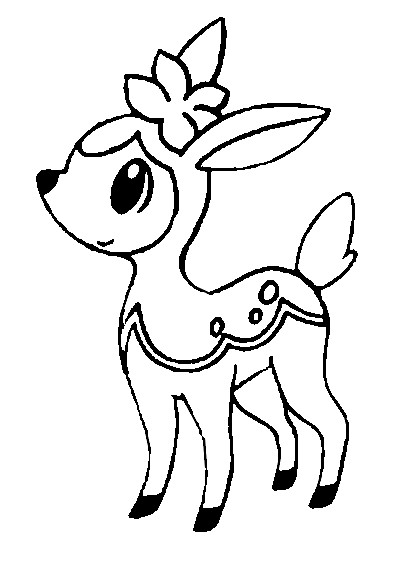
He proposed a unified colonial government that could levy taxes and form a military, governed by a council of representatives from each of the colonies and headed by a President General appointed by the British monarch.įranklin’s campaign of persuasion got a boost when the severed snake cartoon was soon reprinted by more than half a dozen other colonial newspapers.

Franklin thought that the colonies needed to join together in a strong alliance. At the time, he was preparing to join other colonial leaders at the Albany Congress, a meeting called to discuss how they should deal with the growing military threat from the French and their Native American allies. “Literacy was not high in that day,” Dewey notes, so the drawing and its message provided a way to reach colonists who might not have been able to read his editorial.įranklin published the image with a specific political objective in mind. Delaware, which shared a governor with Pennsylvania, and Georgia, a newer colony that Franklin didn’t think could contribute much to colonial defense, were left out.įranklin’s cartoon had another advantage. Other pieces were marked to signify New York, New Jersey, Pennsylvania, Maryland, Virginia, North Carolina, and South Carolina. The head of the snake was labeled “N.E.,” signifying the four New England colonies of New Hampshire, Massachusetts, Connecticut and Rhode Island, which Franklin combined to emphasize the importance of unity. Oddly, though, the snake was cut into eight pieces, rather than 13. How America's First Third Party Influenced Politics Additionally, the severed snake image may have drawn upon folklore of the time, which included the belief that a snake cut into pieces could come back to life, if its various parts were reunited before sunset.

“The Design being to establish themselves, settle their Indians, and build Forts just on the Back of our Settlements in all our Colonies from which Forts, as they did from Crown-Point, they may send out their Parties to kill and scalp the Inhabitants, and ruin the Frontier Counties.”īut if that horrific scenario weren’t enough to motivate his readers, Franklin also illustrated it with what he called an “emblem”-a woodcut of a snake cut into sections, with the caption “Join or Die.” The identity of the actual artist who created the image isn’t known, but the concept may have been inspired by an illustration in a book published in France in 1685, which showed a snake cut in two with the slogan, se rejoindre ou mourir (“will join or die”). “Many more French are expected from Canada,” he wrote.


 0 kommentar(er)
0 kommentar(er)
